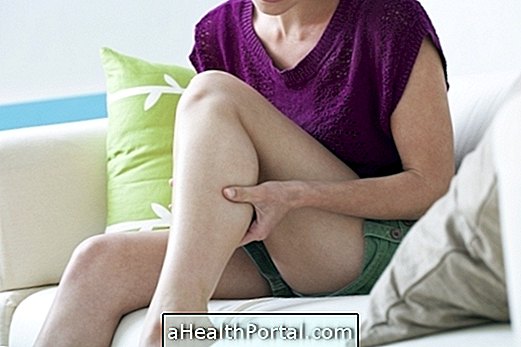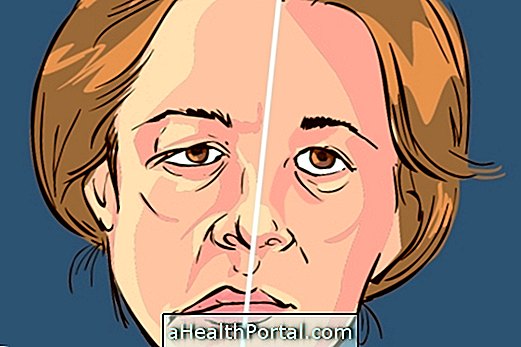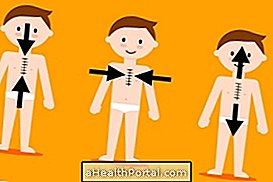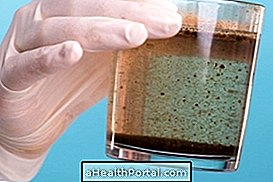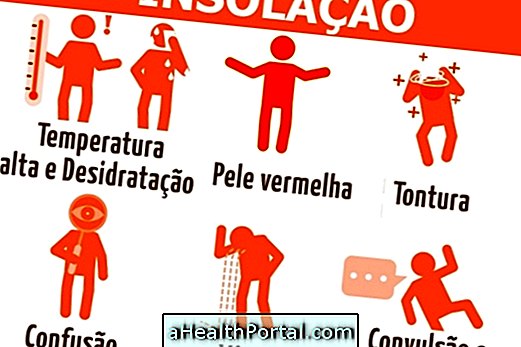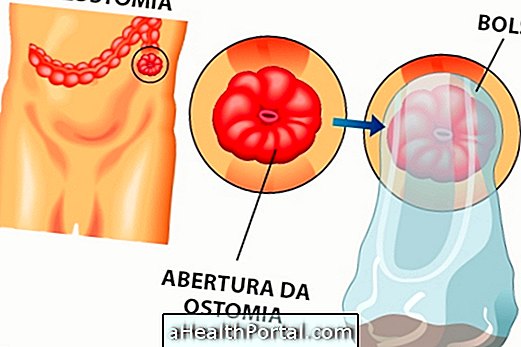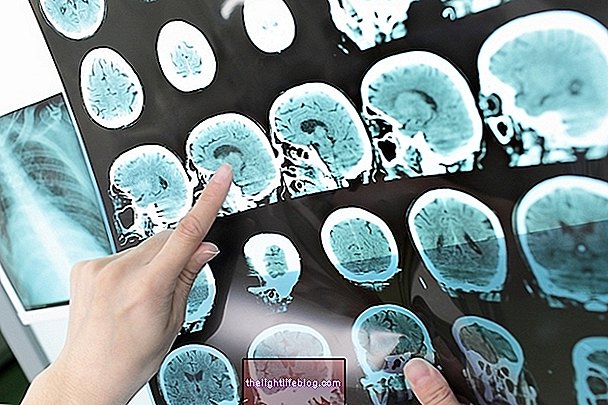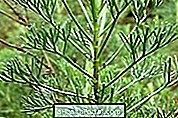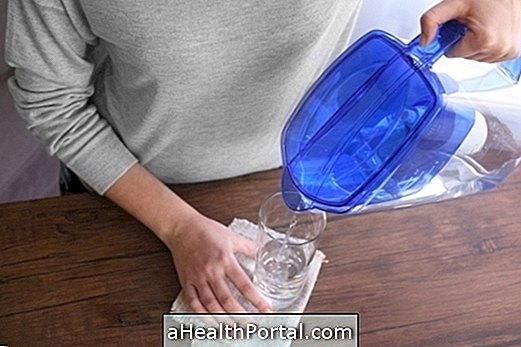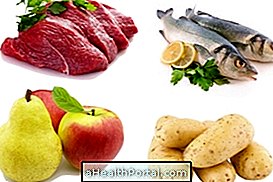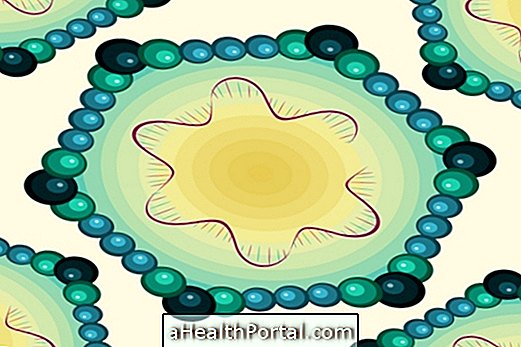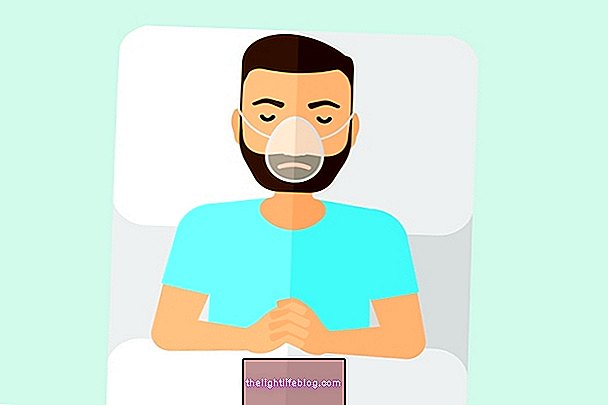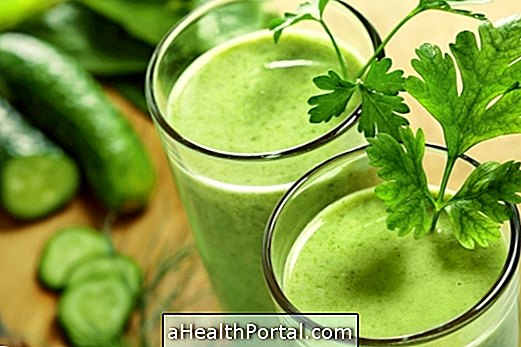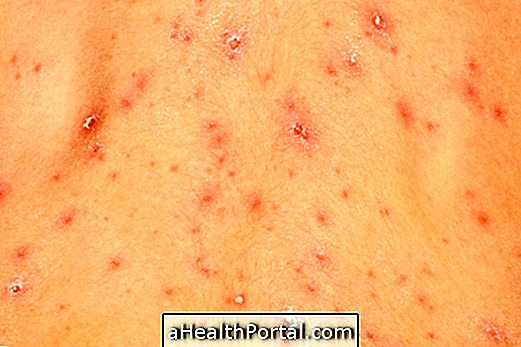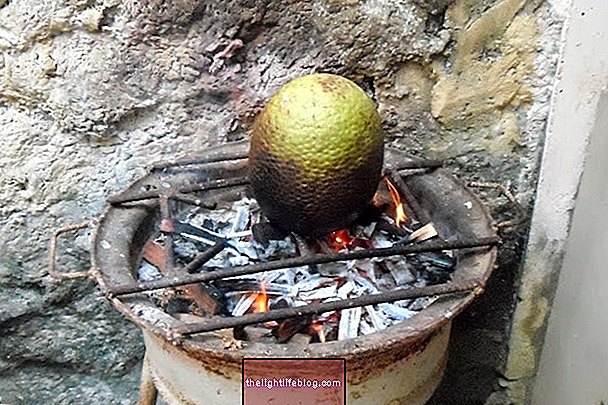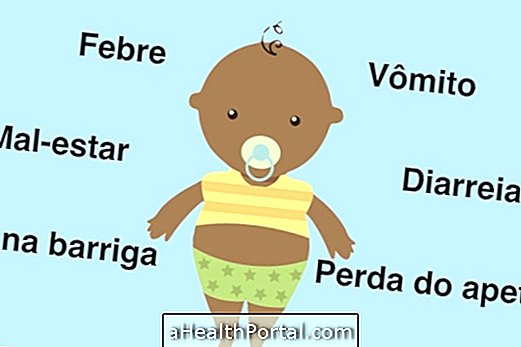Erythema nodosum is an inflammation of the skin, which causes the appearance of red and painful nodules, and can have several causes, such as infections, pregnancy, use of medications or diseases of immunity. Learn more about the symptoms and causes of erythema nodosum.
This inflammation has a cure, and the treatment is done according to its cause, prescribed by the doctor accompanying the case, it may be necessary to use:
- Anti-inflammatories, such as indomethacin and naproxen, are made to decrease inflammation and improve symptoms, especially pain.
- Corticosteroid, may be an alternative to anti-inflammatories to decrease symptoms and inflammation, but should not be used when there is some infection;
- Potassium iodide may be used if the lesions persist because it may help decrease the reactions in the skin;
- Antibiotics, when there is any bacterial infection in the body;
- Suspension of medications that may be causing the illness, such as birth control and antibiotics;
- Rest should always be performed as a way to help the body recover. In addition, performing few movements with the affected limb helps relieve pain from nodules.
The treatment time varies according to the cause of the disease, however, it usually lasts 3 to 6 weeks, and in some cases can last up to 1 year.
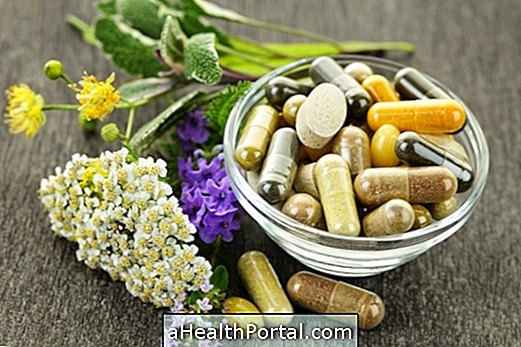
Natural treatment for erythema nodosum
A good natural treatment option for erythema nodosum is to consume foods that control inflammation, and should only be done as a complement to doctor-directed treatment.
Some of the main anti-inflammatory foods are garlic, saffron, cloves, omega-3 rich fish such as tuna and salmon, citrus fruits such as orange and lemon, red fruits such as strawberry and blackberry, such as broccoli, cauliflower and ginger. Check out the complete list of foods that help fight inflammation.
In addition, it is important to avoid foods that can worsen the inflammation and symptoms of erythema nodosum, such as fried foods, sugar, red meat, canned and sausage products, milk, alcoholic drinks and industrialized foods.

